Exploring Our Solar System: A Journey to the Outer Spiral Arm of the Milky Way
Introduction:
Our Solar system is a fascinating realm within the vast Milky Way galaxy. Located in an outer spiral arm of the galaxy, our solar system is a captivating assembly of celestial bodies, including our life-sustaining star, the Sun, a sequence of planets, dwarf planets like Pluto, an array of moons, and an abundant of asteroids, comets, and meteoroids. In this blog post, we’ll dig into the origins, formation, and unique characteristics of our solar system.
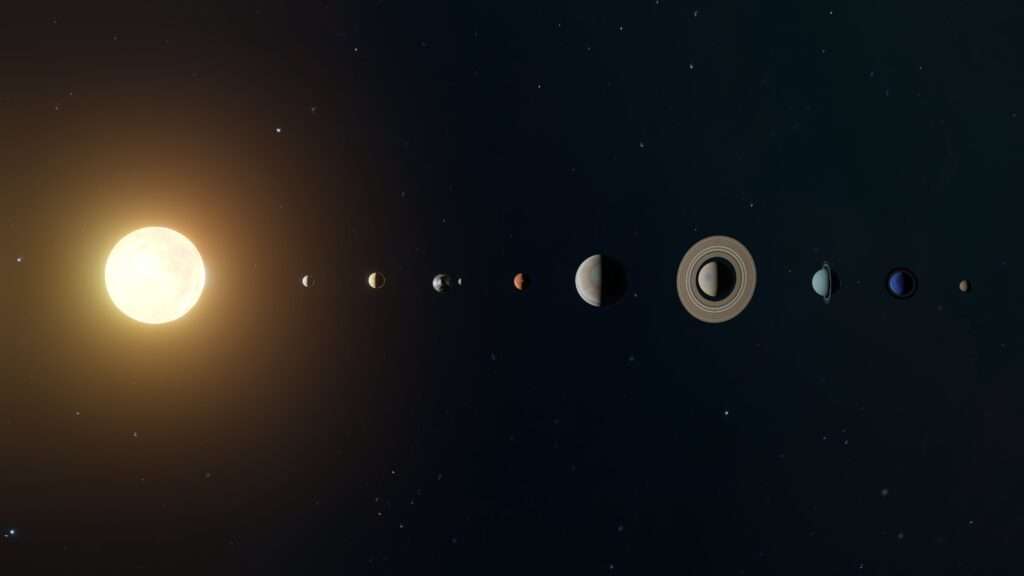
Formation of Our Solar System:
Approximately 4.6 billion years ago, our planetary system took shape from a dense cloud of interstellar dust, triggered by the explosive demise of a supernova. This collapse led to the birth of a solar nebula, a rotating disk of material. Under the influence of gravity, the core of this nebula collected vast amounts of matter. Ultimately, at the core, hydrogen atoms began fusing to create helium, releasing an enormous amount of energy. This process gave birth to our radiant Sun, which now dominates our system with more than 99% of its total mass.
Formation of Planets:
Planets formed from swirling dust and material in our solar system’s early days. Gravity caused these particles to come together. Some grew large and round due to their gravity and transformed into planets. These celestial bodies range from rocky planets like Earth to gas giants like Jupiter. The ones closer to the Sun are rocky and solid, while those farther out are made of gas or ice. Objects that couldn’t become planets are found in the asteroid belt, between Mars and Jupiter. These leftovers include asteroids and fragments, providing clues about the solar system’s birth and development.
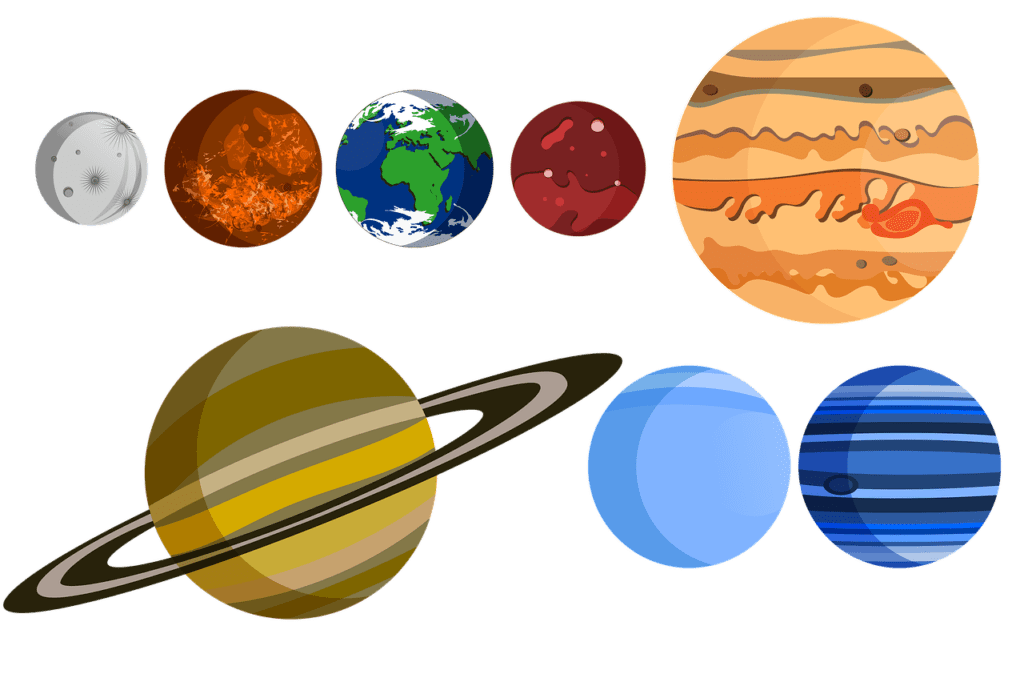
Diversity of Celestial Bodies:
Our planetary system is a diverse collection of celestial bodies. With over 250 known moons, some planets are graced with multiple companions, while others, like Mercury and Venus, have none. Jupiter and Saturn, the gas giants, boast an impressive number of moons, 79 and 82, respectively. The composition of the planets is a result of their distance from the Sun during the early formation of the solar system. The inner terrestrial planets—Mercury, Venus, Earth, and Mars—are rocky, with solid surfaces, while the outer ice giants—Uranus and Neptune—and gas giants—Jupiter and Saturn—consist of a combination of ice, liquid, and gas.
Beyond the Eight Planets:
Our planetary system extends far beyond the eight primary planets. It includes the Kuiper Belt, a region beyond Neptune’s orbit. This belt is a ring of icy bodies, including the well-known dwarf planet Pluto. Most objects in the Kuiper Belt are smaller, but they offer valuable insights into the early solar system.
Conclusion:
Our solar system, located in an outer spiral arm of the Milky Way, is a testament to the wonders of the universe. Its diverse array of planets, moons, asteroids, and comets tell a captivating story of cosmic evolution. Understanding the formation and composition of our solar system offers a glimpse into the extensive mysteries of the galaxy and beyond. As we continue to explore and discover more about our celestial neighbors, the enchantment and wonder of our solar system only deepen.
FAQs
Q: What is the main purpose of space exploration?
A: Space exploration aims to expand our understanding of the universe, from the origins of celestial bodies to the potential for extraterrestrial life. It pushes the boundaries of human knowledge and inspires technological advancements.
Q: How do space agencies collaborate in exploration efforts?
A: Space agencies collaborate through international partnerships, sharing resources, expertise, and data. Collaborative missions, like the International Space Station, exemplify global cooperation in space exploration.
Q: Are there any plans for human settlement on other planets?
A: While there are conceptual plans for human settlement on Mars, significant challenges, including life support systems and long-term sustainability, must be addressed before such endeavors become a reality.
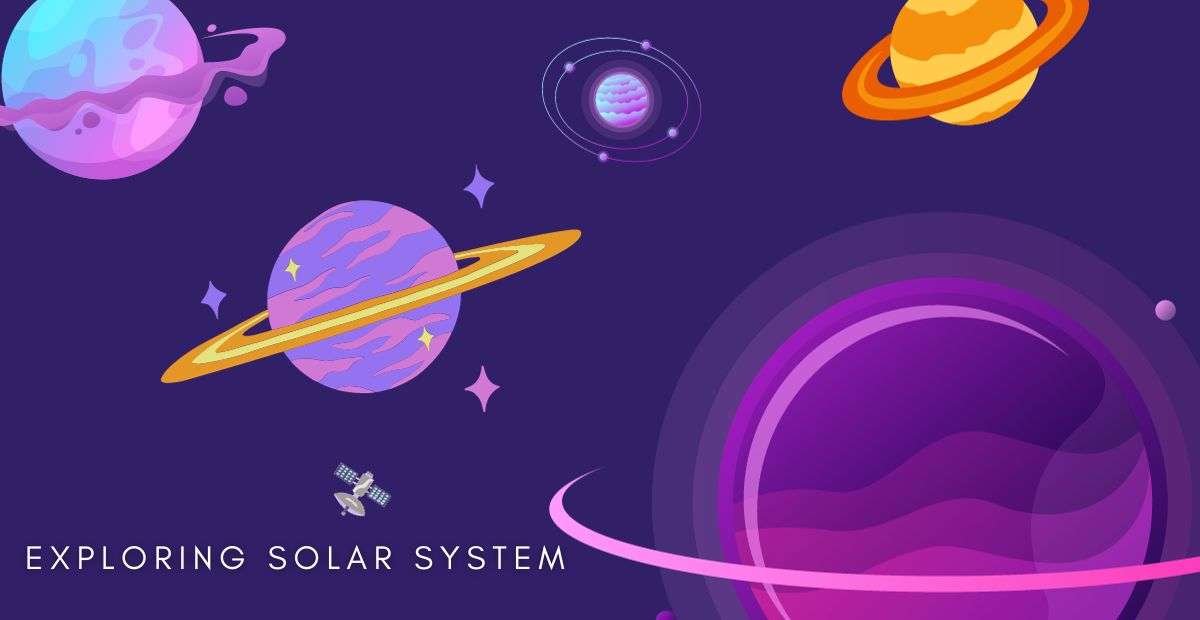





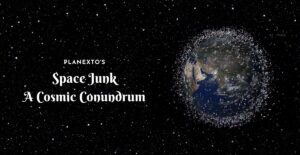
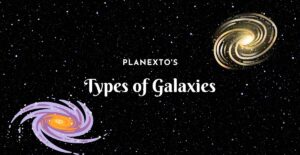
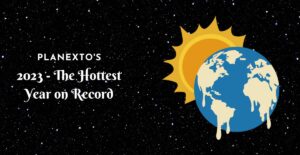
16 thoughts on “Exploring Our Solar System”